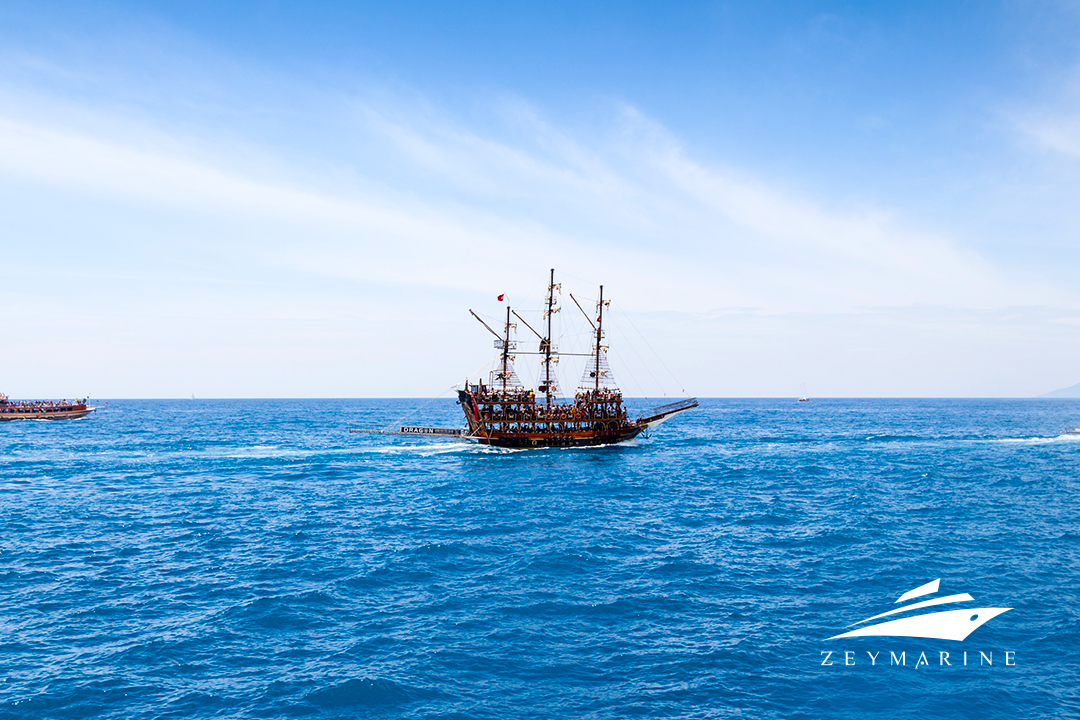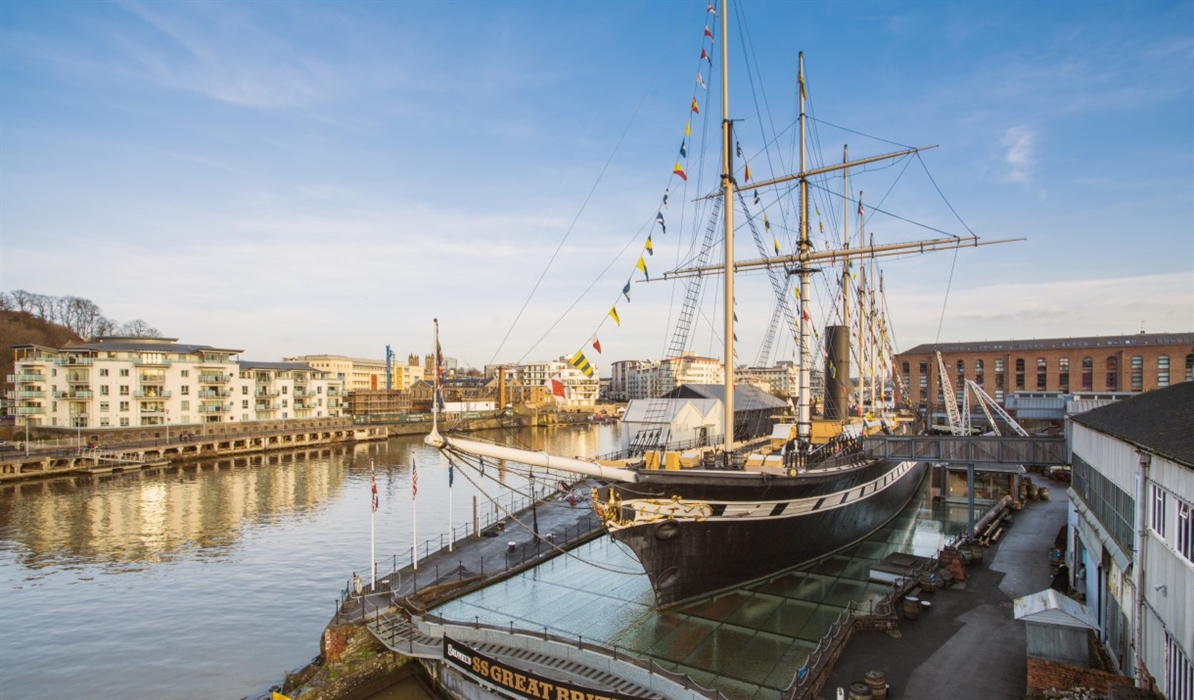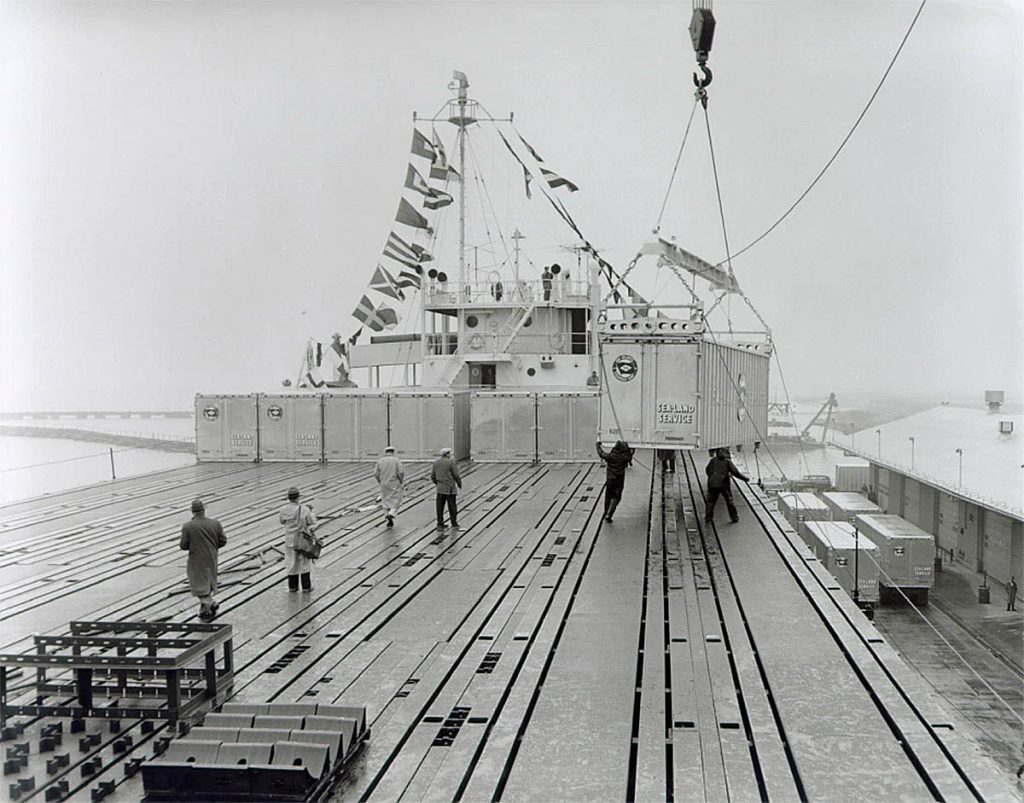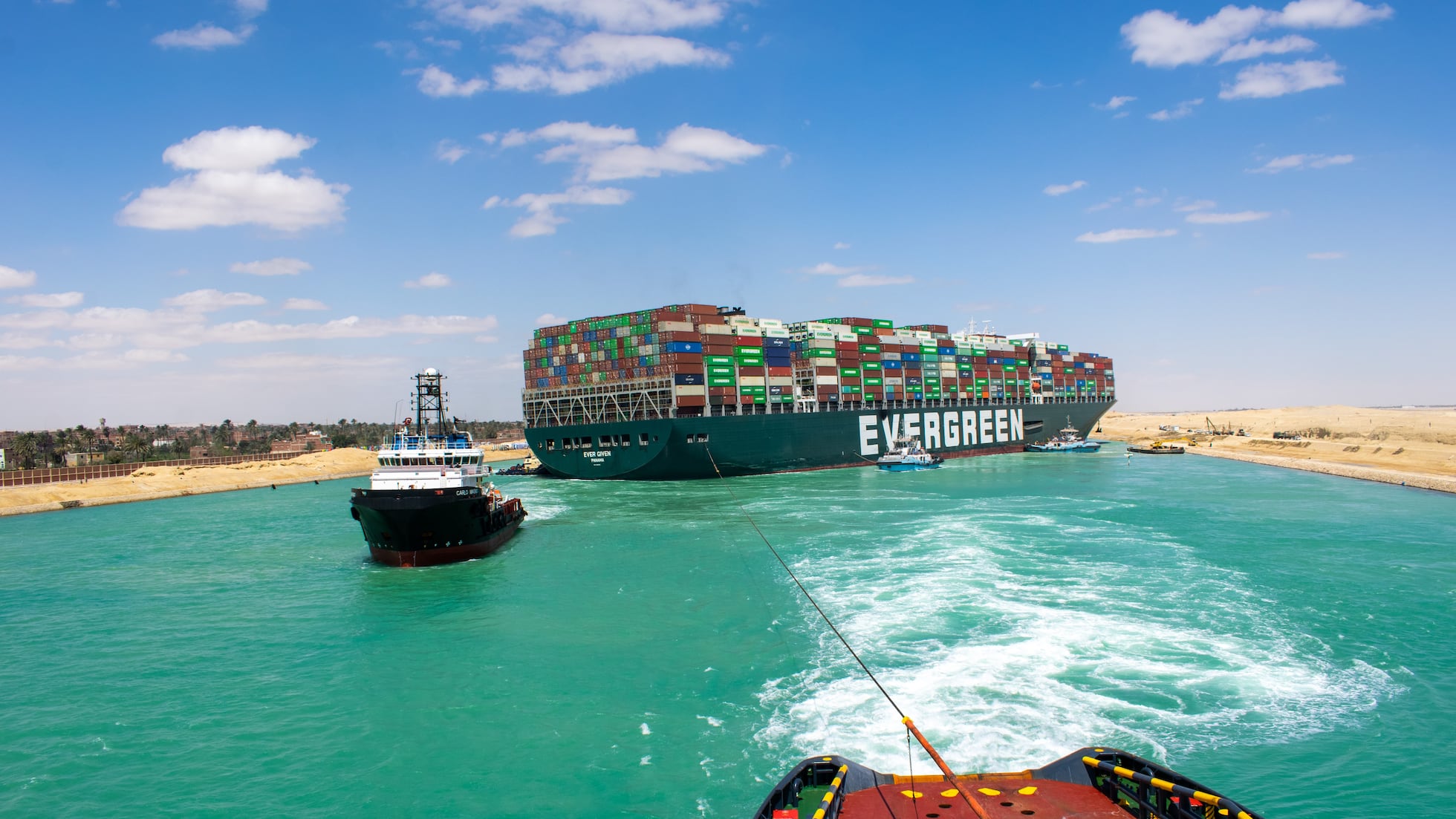It is impossible to separate maritime experience from mankind’s story on planet Earth. Sometimes ships have been the vehicles that changed history. Let’s take a chronological look at these ships that have shaped the course of history.
Uluburun Shipwreck (c. 1300 BCE)
We start not with a ship that launched an empire, but one that sank quietly off the coast of present-day Türkiye and stayed there for over 3,000 years. The Uluburun Shipwreck was discovered in 1982 by a diver and turned out to be a time capsule of Late Bronze Age trade.
Her cargo was a historian’s dream: raw copper and tin ingots, glass, ivory, African ebony, ostrich eggs, and exotic beads from as far away as Afghanistan. This was globalization before the term existed.
The Uluburun tells us that complex international trade networks were alive and thriving well before the classical civilizations rose to prominence, and that the Mediterranean was already the great exchange hub it would remain for millennia.
Syracusia (c. 240 BCE)
When Greek mathematician Archimedes was involved in ship design, elegance was never part of the plan. Built in Syracuse for King Hiero II, the Syracusia was known as the largest ship in the ancient world, a three-storey giant that could carry 600 people and had stables for horses, a library and even a gym.
According to legend, the ship was so large that no Sicilian port could accommodate it, so it was sent as a diplomatic gift to King Ptolemy III of Egypt. Whether all these stories are true is debatable, but Syracusia remains an ancient example of what can happen when political power, engineering genius, and a touch of ego collide: ships are not just tools, but means of expression.
Santa Maria (1492)
The Santa María, captained by Christopher Columbus, was not the pinnacle of late-15th-century shipbuilding. She was a modest Spanish vessel, about 20 meters long, slow but sturdy, the floating equivalent of a reliable old cart horse.
Yet her 1492 voyage stitched together two worlds that had been blissfully unaware of each other for millennia. The Columbian Exchange, goods, crops, ideas, and, unfortunately, diseases and violence, began with this creaking wooden hull. She didn’t make it home, running aground off Hispaniola, but her brief career altered the trajectory of global history.
HMS Endeavour (1768)
Captain James Cook sailed her to Tahiti to observe the Transit of Venus, then on a secret mission to find the mythical Terra Australis.
He didn’t find a hidden supercontinent, but he charted New Zealand, mapped Australia’s east coast, and returned with botanical and ethnographic knowledge that transformed Europe’s view of the Pacific. This humble former coal ship proved that careful planning and scientific purpose could turn even a workaday vessel into a world-changing icon.
SS Great Britain (1843)
In the mid-19th century, visionary engineer Isambard Kingdom Brunel decided that wood was out of fashion and that wind was for poets. The SS Great Britain was the first iron-hulled, screw-propelled ocean-going ship and was the largest ship in the world in 1845.
This ship heralded the beginning of an era in which ships were no longer dependent on the wind, crossing the Atlantic in just 14 days. Its design became a model for ocean-going ships and cargo ships for generations to come.
RMS Titanic (1912)
The RMS Titanic was a floating Edwardian masterpiece, LOA of 268 meters, with Turkish baths, elevators, and an orchestra to serenade dinner. Marketed as “practically unsinkable,” she struck an iceberg and sank on her maiden voyage, taking over 1,500 lives.
The disaster’s legacy was sweeping reform: better bulkhead design, more lifeboats, continuous radio watch, and the SOLAS. The Titanic became both legend and legislator, shaping maritime safety for decades.
Battleship Bismarck (1940)
Launched by Nazi Germany in 1939, the Bismarck was a floating fortress. In May 1941, she sank the British battlecruiser HMS Hood in minutes, sending shockwaves through the Royal Navy.
Her reign of terror lasted just nine days. Hunted relentlessly, she was crippled by British torpedo bombers and sunk in the North Atlantic. The Bismarck demonstrated both the might and vulnerability of battleships in the age of air power.
SS Ideal X (1956)
In 1956, the SS Ideal X, a converted WWII tanker, carried the first standardized shipping containers from New Jersey to Houston. Those steel boxes would revolutionize global trade, slashing costs, reducing theft, and making it feasible to produce goods half a world away.
The Ideal X wasn’t glamorous, but she was a quiet revolution that made our hyperconnected global economy possible.
Seawise Giant (1979)
Delivered in 1979, the Seawise Giant is still the largest ship ever built. At 458.45 meters, she was longer than the Empire State Building, the Eiffel Tower, and the Petronas Towers. A supertanker capable of carrying 564,763 deadweight tons. When she is fully laden, displacement could reach 657,019 tonnes.
She was so large she couldn’t pass through the English Channel or Panama Canal. Damaged during the Iran–Iraq War and thought scrapped, she was later rebuilt and returned to service under various names. The final journey was in December 2009, and then, she scrapped.
The Seawise Giant redefined the concept of megaship and shipbuilding technology.
Emma Mærsk (2006)
When the Emma Mærsk launched, she was the largest container ship in the world, capable of carrying more than 15,000 TEU. Longer than the Eiffel Tower is tall, she’s a marvel of scale, efficiency, and logistics.
Ever Given (2021)
In March 2021, the Ever Given wedged herself across the Suez Canal and froze nearly $10 billion in daily trade. For six days, the global supply chain was brought to a standstill, and the internet memes exploded.
Her grounding was a reminder that, despite GPS and satellite tracking, maritime commerce still depends on the safe passage of individual ships through narrow chokepoints.













